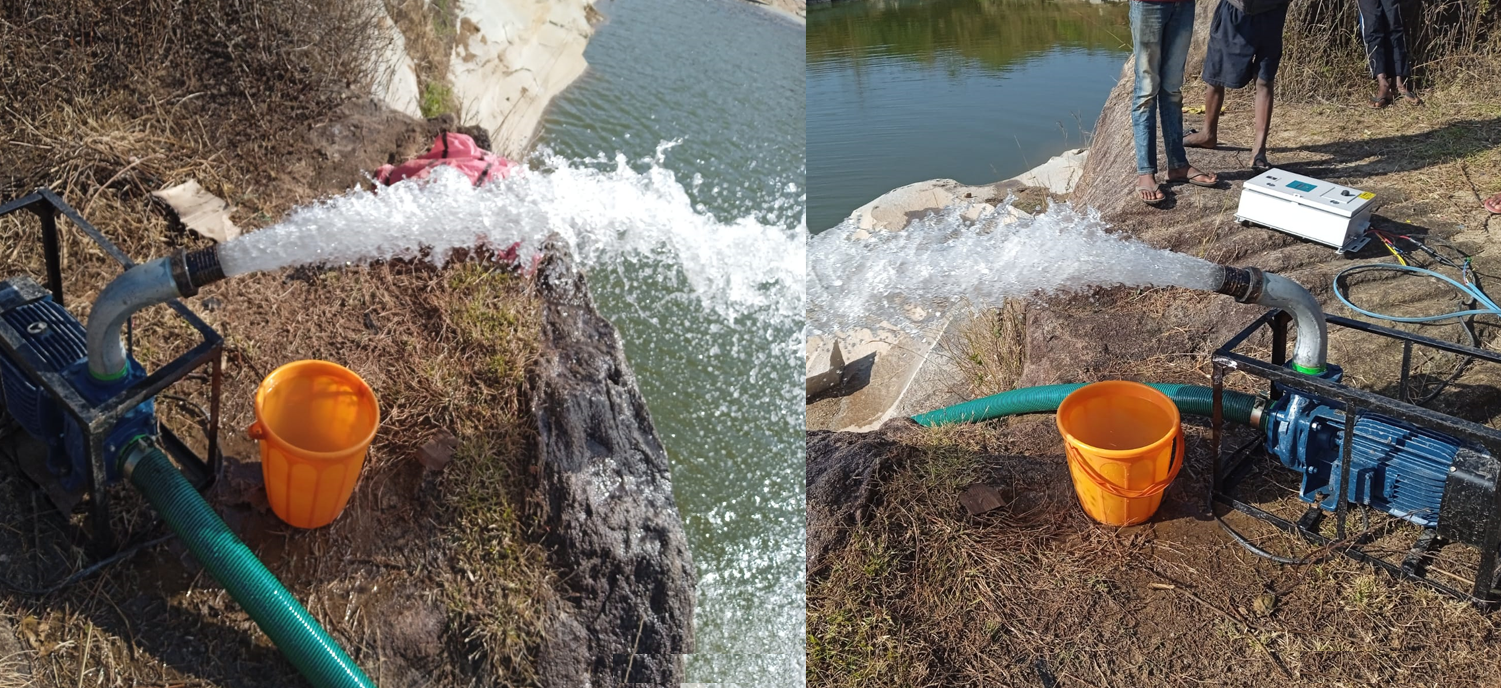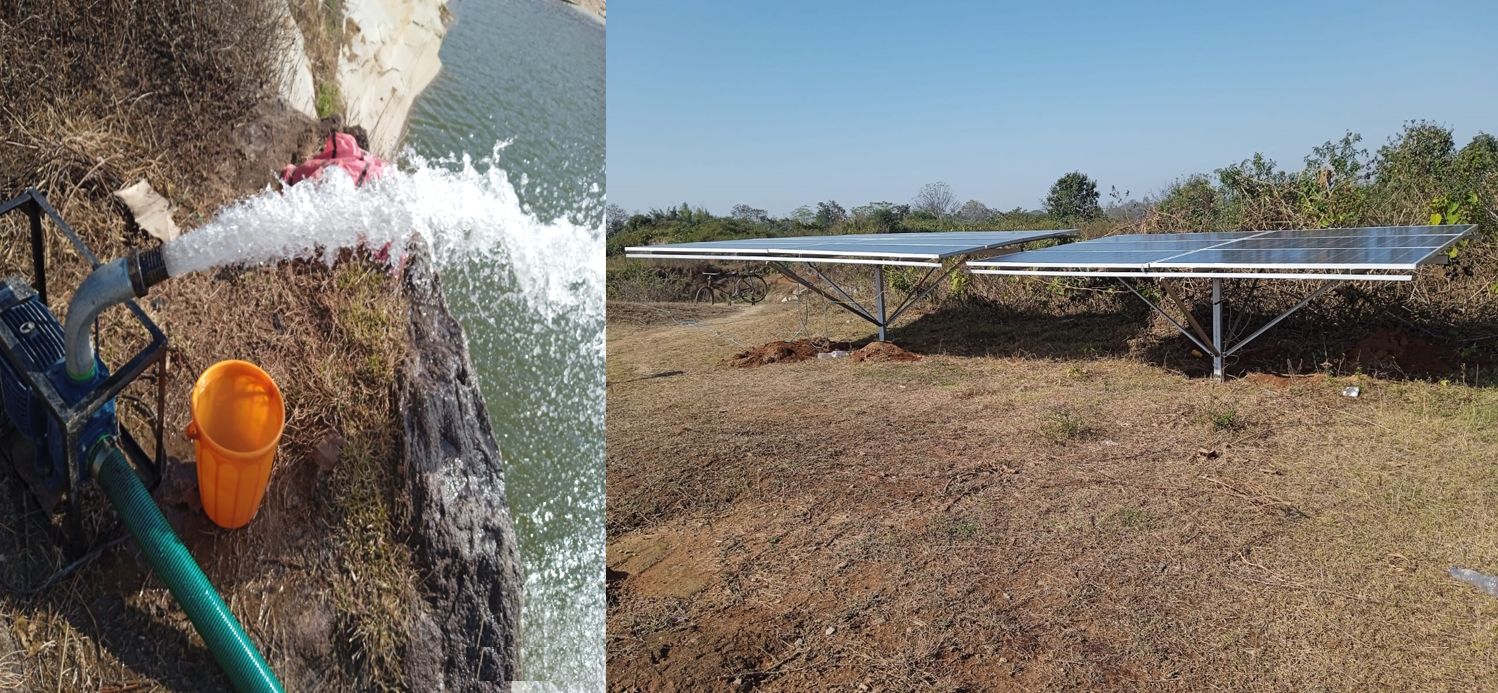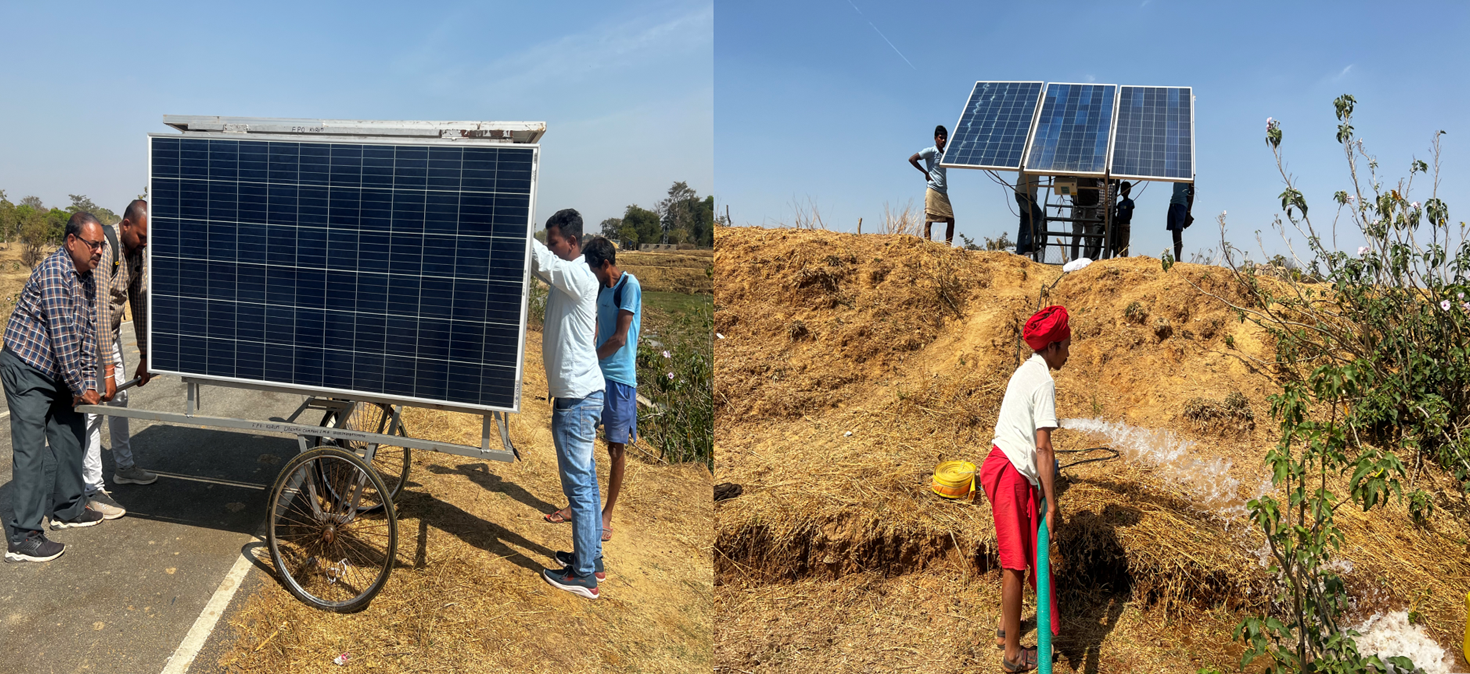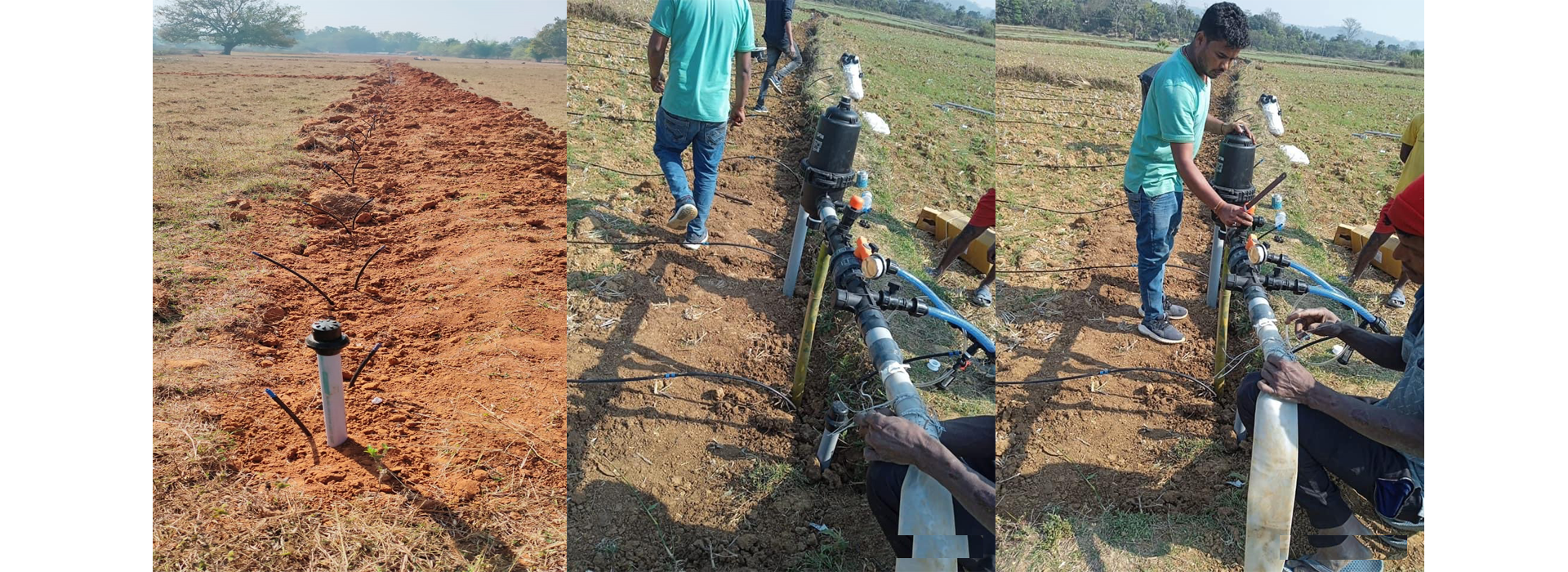Agricultural irrigation is the practice of artificially supplying water to crops to support their growth and ensure optimal agricultural productivity. Irrigation is essential in regions where there is inadequate rainfall or unreliable water supply to meet the water requirements of crops. By providing sufficient water, irrigation helps in mitigating the effects of drought, improving crop yields, and maintaining agricultural production throughout the year. There are several methods of agricultural irrigation, each suited to different soil types, crops, and water availability. Here are some commonly used agricultural irrigation methods: Surface Irrigation: Surface irrigation involves flooding or channeling water over the field, allowing it to flow and spread across the land. It is one of the simplest and oldest methods of irrigation but can be relatively inefficient in water usage. Drip Irrigation: Drip irrigation is a method where water is delivered directly to the root zone of plants through a network of pipes, tubes, and emitters. This method is highly efficient, as it reduces water wastage and allows precise control of water delivery. Sprinkler Irrigation: Sprinkler irrigation involves the use of overhead sprinklers or spray nozzles to distribute water over the crops. It can be used for both small and large-scale farming and is suitable for a variety of crops. Center Pivot Irrigation: Center pivot irrigation is a type of sprinkler irrigation where a rotating pivot arm with sprinklers mounted on it irrigates a circular area of the field. It is commonly used in large-scale farming operations. Subsurface Irrigation: Subsurface irrigation involves placing water below the soil surface through buried pipes or tubes. This method reduces water loss due to evaporation and minimizes weed growth. Furrow Irrigation: Furrow irrigation uses small channels or furrows between crop rows to convey water to the plants. It is commonly used for row crops and is suitable for both level and sloping terrains. Flood Irrigation: Flood irrigation is similar to surface irrigation but involves flooding the entire field with water. It is commonly used in low-lying areas and rice paddies. The choice of irrigation method depends on factors such as the type of crop, soil characteristics, water availability, climate, and the size of the agricultural operation. Proper irrigation management is essential to optimize water use efficiency, prevent over-irrigation, and avoid waterlogging and soil salinization. Sustainable agricultural practices, including efficient irrigation techniques, are vital for ensuring food security, conserving water resources, and promoting environmental stewardship in the face of changing climatic conditions.




